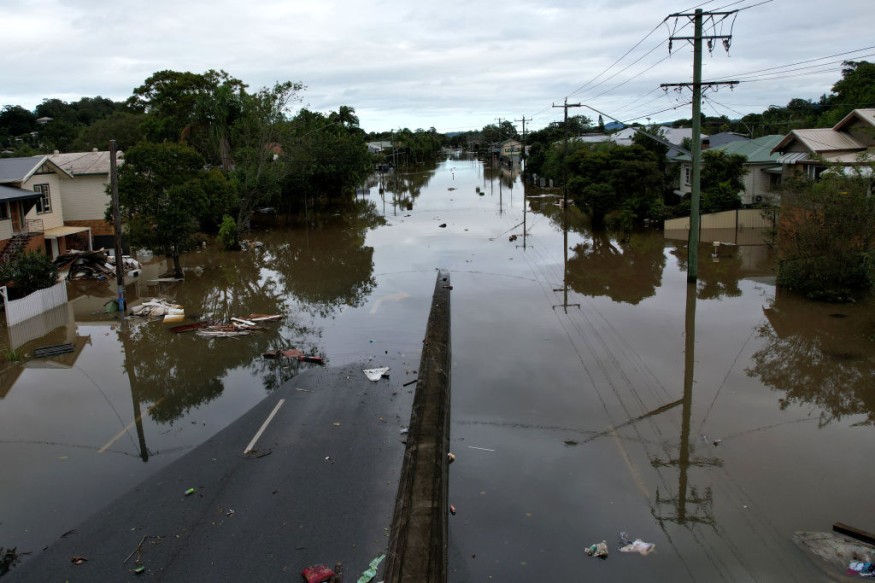Queensland is yet again bracing for a potential storm that can bring strong winds and flash flooding due to heavy rain.
Australian meteorologists are monitoring the potential formation of a tropical low into a tropical cyclone that can hit the country next week.
Potent Storm System

Australia's weather government agency, the Bureau of Meteorology (BOM), is keeping a close eye on the tropical low; which is currently off the coast of Queensland located in the Coral Sea over the Oceania country of Solomon Islands, as per the video report of 9 News Australia.
The storm system is moving toward northeastern Queensland at an unspecified speed.
Although there is no specific date and landfall location yet, the BOM estimated that the tropical low has a 5% to 20% chance of creating a tropical cyclone, as cited by 9 News Australia.
The Australian media agency also said the bureau will release further details regarding the storm system in the next 48 hours from Saturday, April 2.
In the meantime, a tropical cyclone warning has been issued for Queensland.
Also Read: Australia Fears Disasters Due to Climate Change May Result in Billions of Casualties and Damages
Tropical Cyclone Warning
Similar to the United States and some countries, Australia is using the same scaling system for tropical cyclones, which are called hurricanes in the Atlantic Ocean and typhoons in the western Pacific Ocean.
The system is the basis of issuing a weather forecast and tropical cyclone advisories.
According to the BOM, a Tropical Cyclone Advice is divided into two: Tropical Cyclone Watch and Tropical Cyclone Warning.
Both tropical cyclone advisories still indicate that an incoming storm still poses a threat.
Furthermore, advisories can be issued every hour, three, or six hours depending on the situation.
The Tropical Cyclone Watch pertains to the occurrence of gales or stronger winds in communities in the coastal area within 48 hours, but not within 24 hours.
Meanwhile, the Tropical Cyclone Warning are issued for the coastal communities for ongoing gales or their potential occurrence within 24 hours.
Australia is still on its cyclone season, which spans from November 1 to April 30 each year, said the BOM.
The agency is responsible for the 24-hour monitoring of developing systems and storms, as well as the sole Australian body that issues such weather advisories.
Cyclones in Queensland
Australia, which generally has a warm climate, is also prone to the rampage of cyclones.
For Queensland, the state is a frequent route of cyclone landfalls due to its location next to the Coral Sea; wherein storms from the Pacific Ocean also pass through several countries in the Oceania continent.
One of the most notable of these storms in Queensland was back in 2011 when Cyclone Yasi wreaked havoc after making landfall in northern Queensland between late January and early February of that year.
The cyclone is considered to be one of the strongest storms that Queensland has ever had.
Yasi was classified by the BOM as a category 5 severe tropical cyclone, causing more than $800 million in damage and widespread evacuation, as per the Australian Institute for Disaster Resilience (AIDR).
The massive cyclone also developed from a tropical low located northwest of Fiji before reaching Queensland.
© 2025 NatureWorldNews.com All rights reserved. Do not reproduce without permission.





